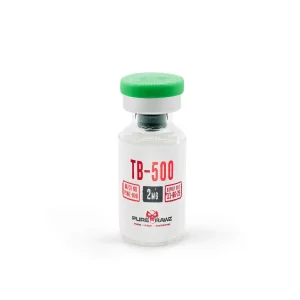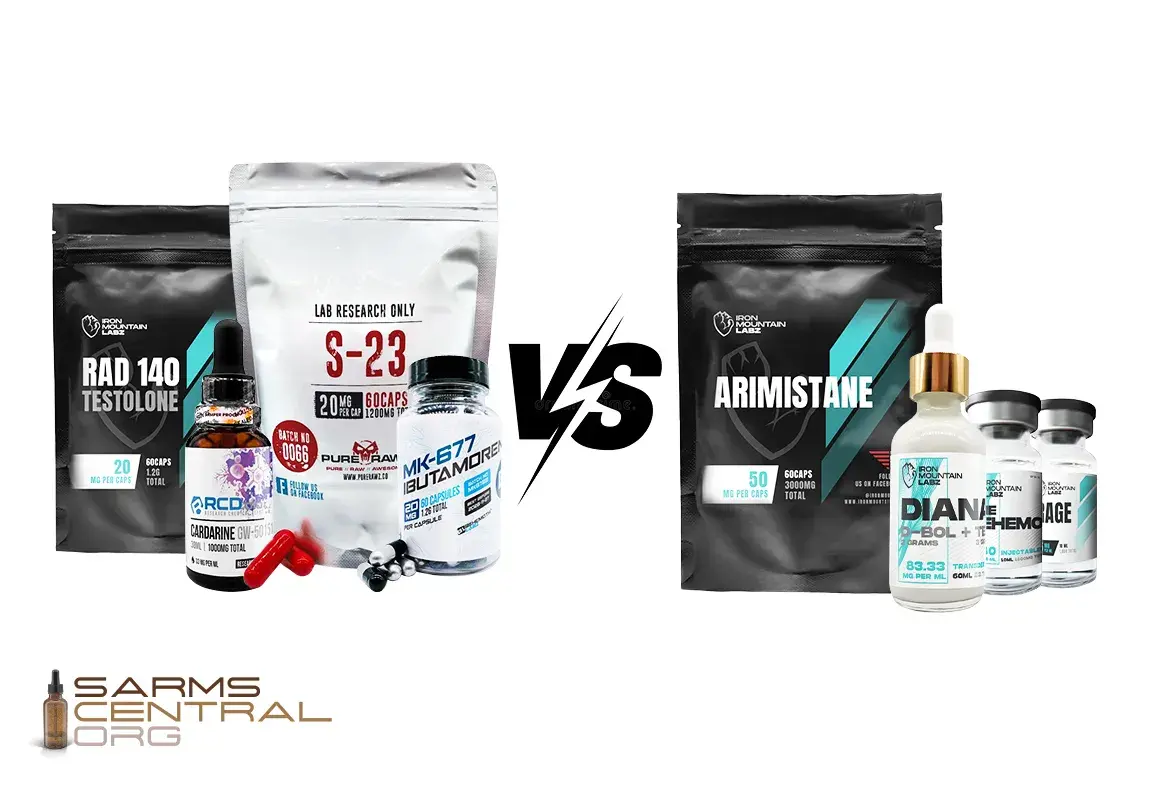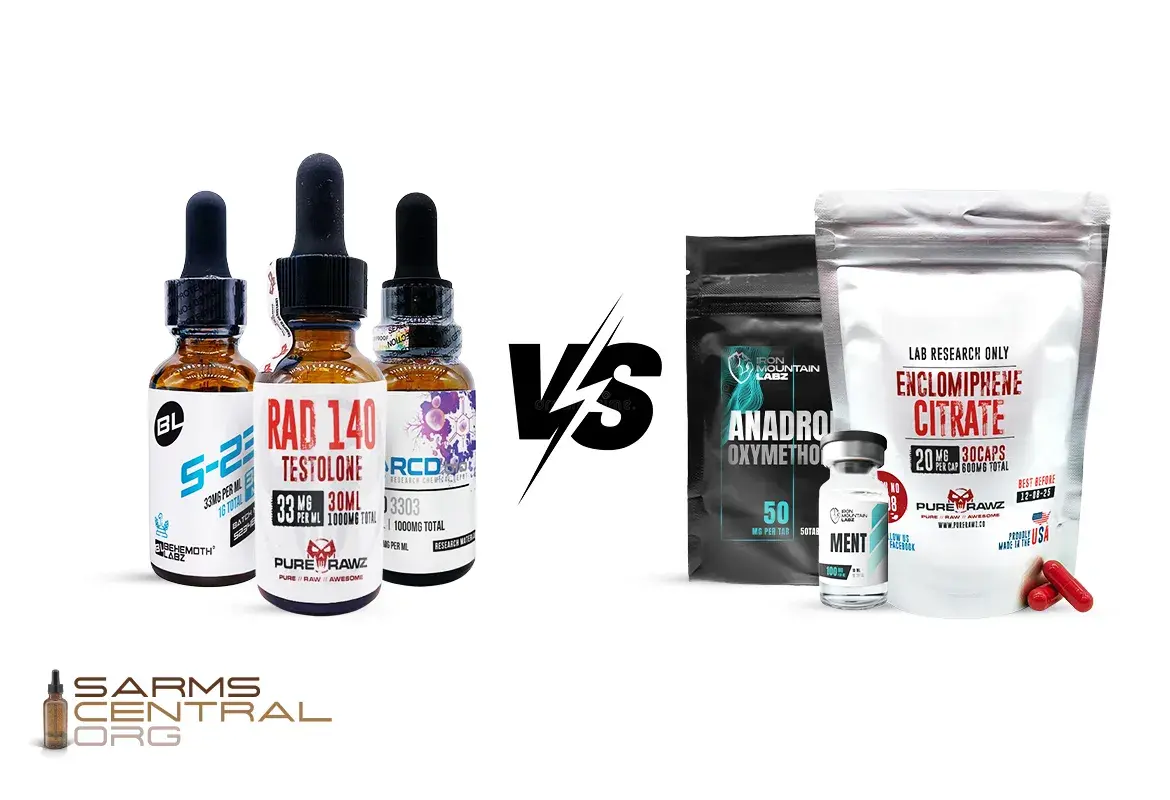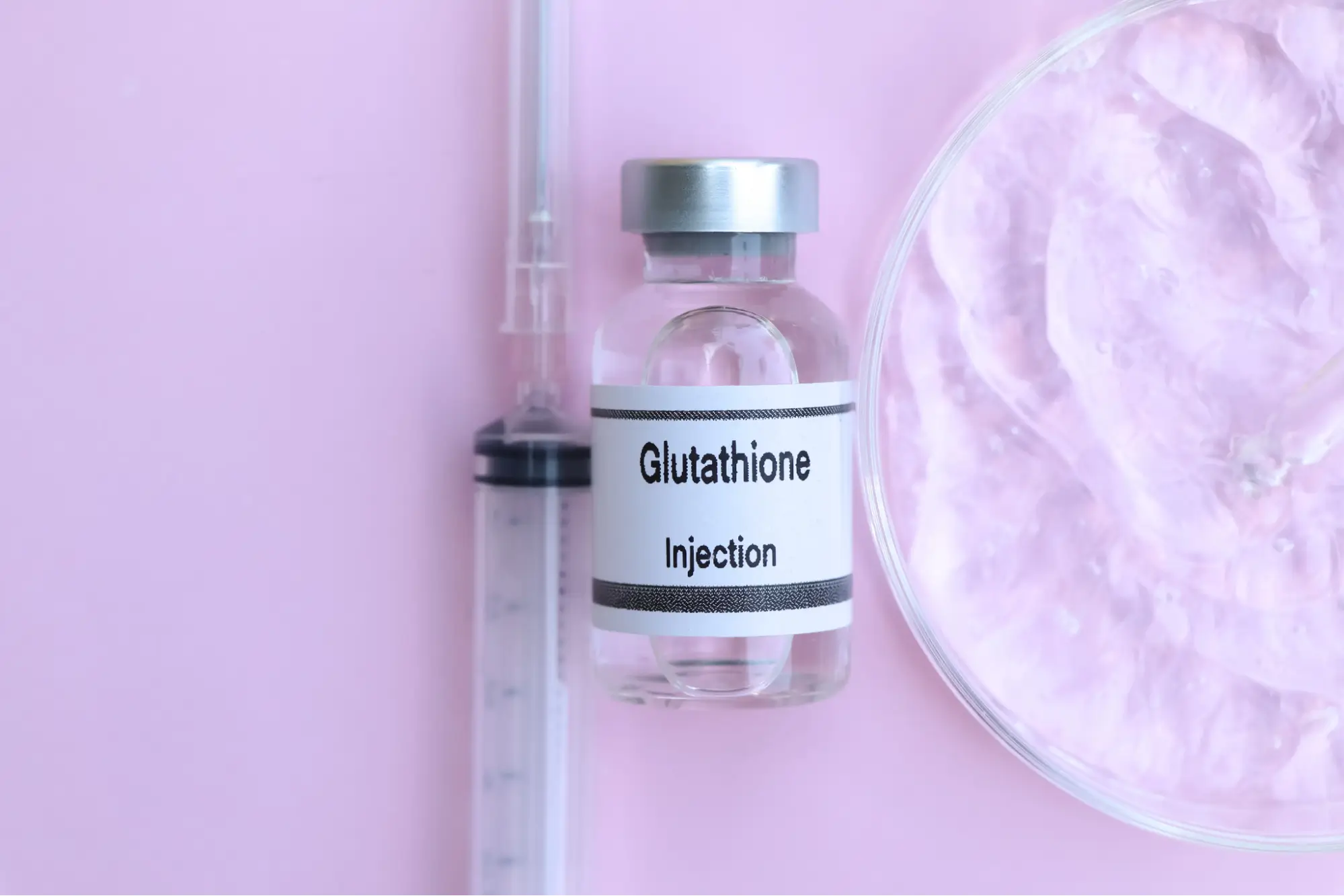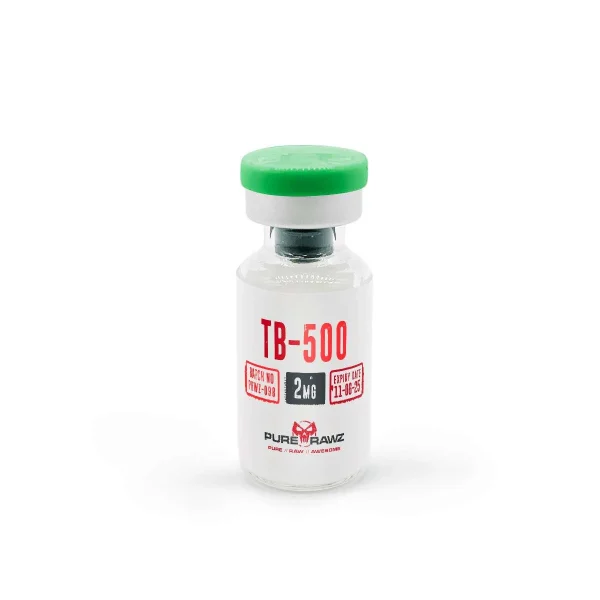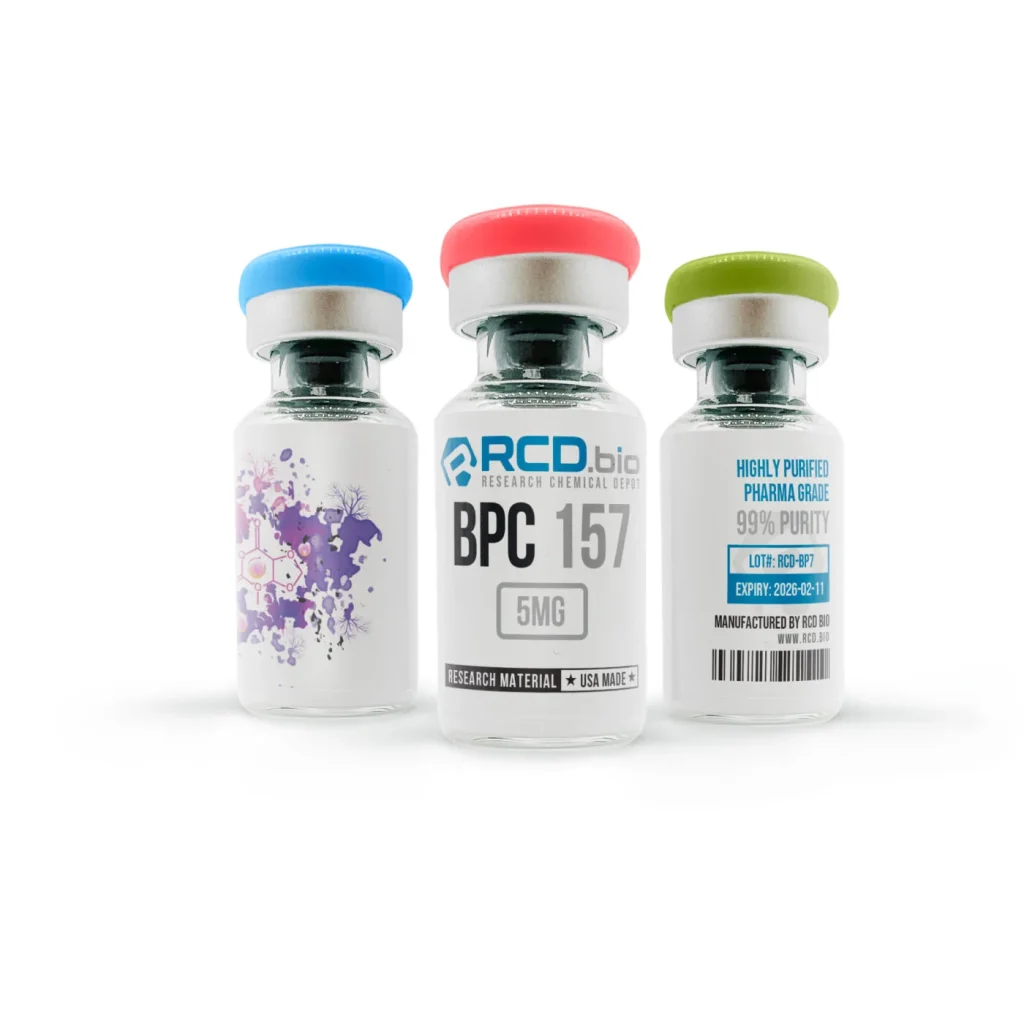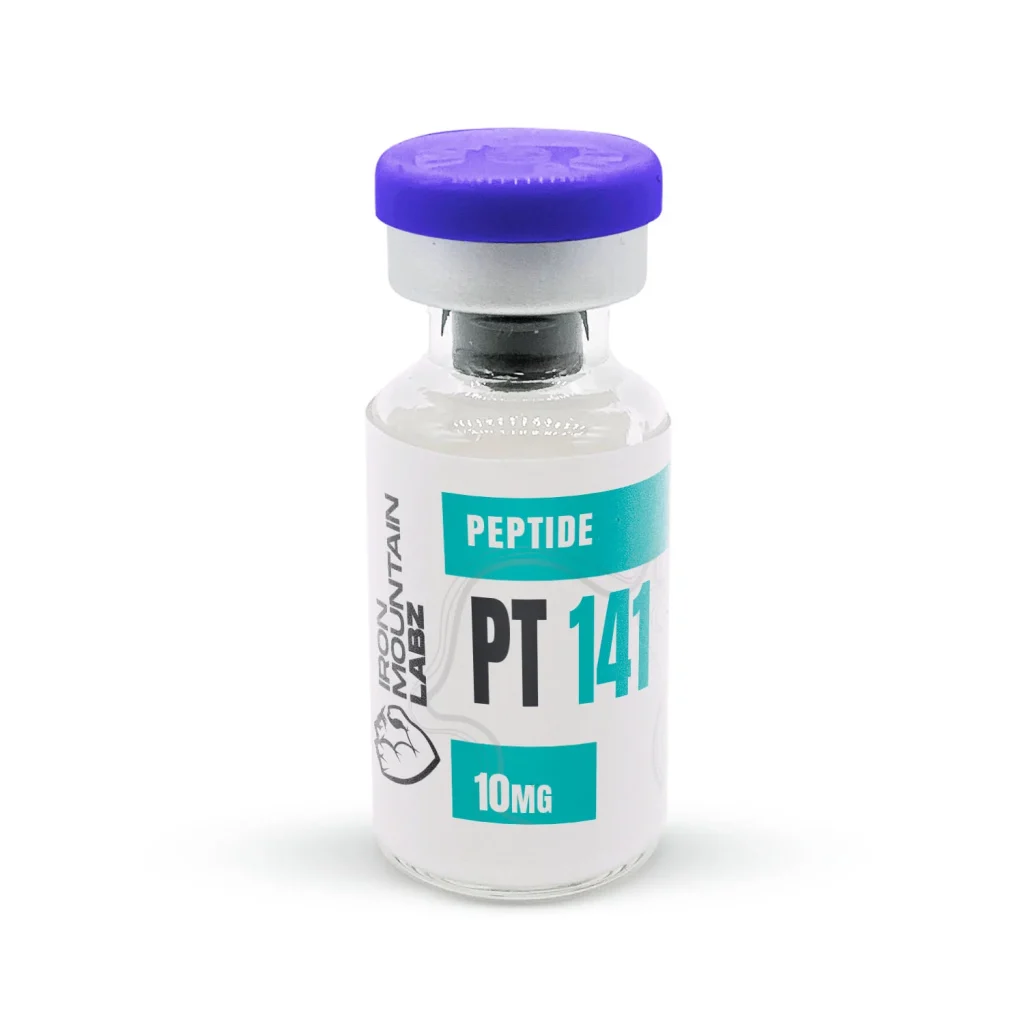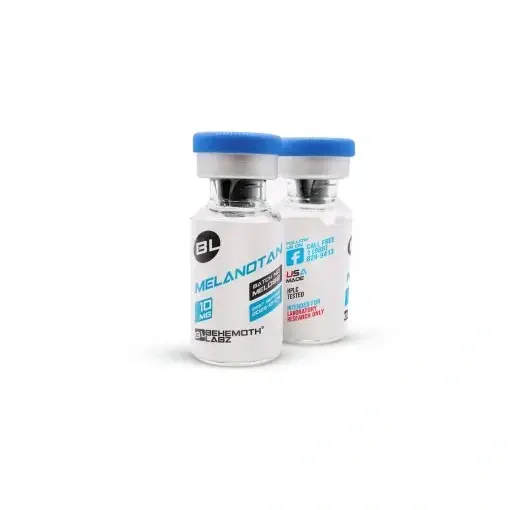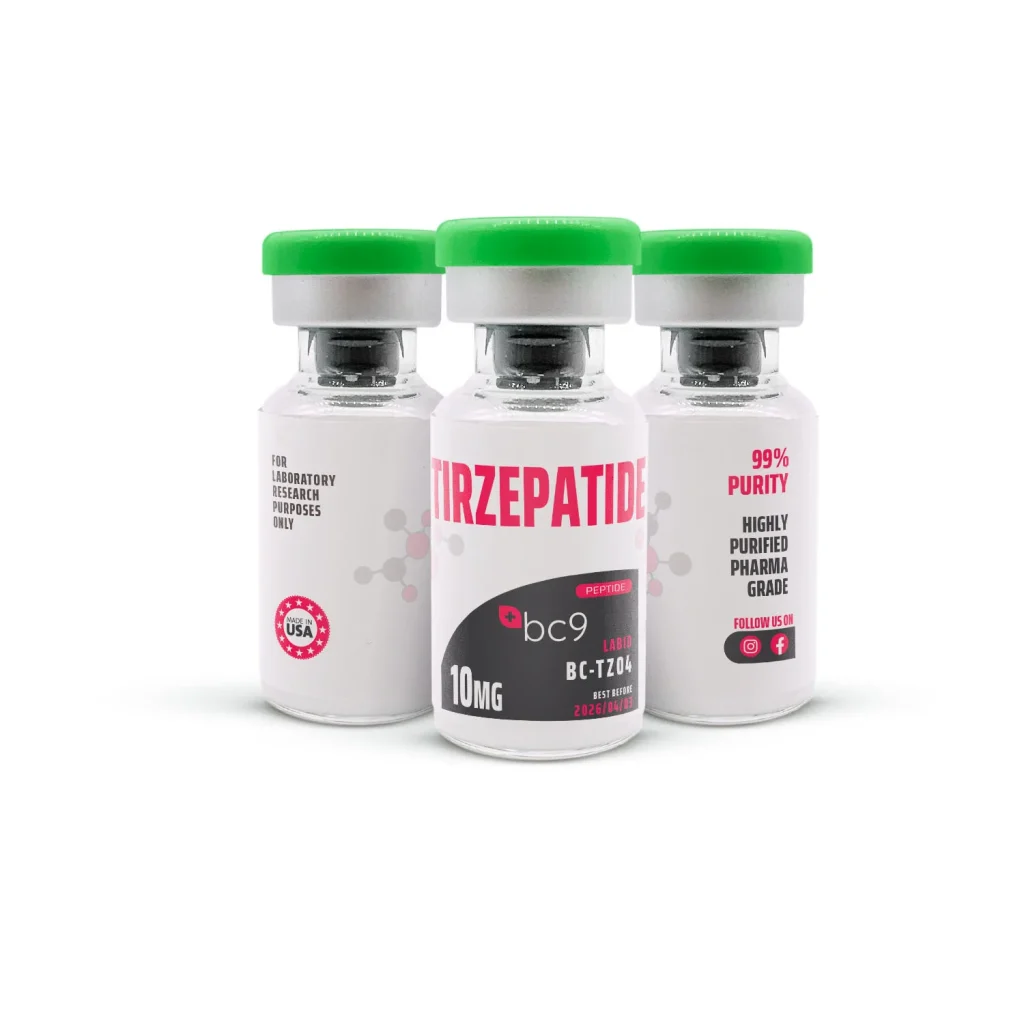You have your peptide vial, syringe, and the desire to do it yourself—there’s just one hitch. You’re not quite sure how to inject it. Maybe you’re anxious about doing it wrong, or maybe the thought of a needle makes you a bit uneasy. Will it hurt? Is there a proper way to do it? You don’t want to mess up, but you also don’t want to rely on someone else to carry out the process.
Learning how to correctly inject peptides will help prevent unneeded discomfort, tissue damage, and infection. The process can be frightening if you’ve never done it before, but with the right guidance, it becomes a simple and doable habit.
This article covers all you need to know about peptide injections, including post-care safety and how to choose the optimal injection technique. The idea is to learn how to properly inject peptides so you can include them into your regimen with ease.
Understanding Peptides
Peptides are molecules that are made up of short chains of amino acids. They are linked by chemical bonds ranging from two to fifty peptide bonds. It will be referred to as a polypeptide if it is more than fifty.
Peptides are popular for immune system support, skin regeneration, and muscular growth. Each of its variances has unique potential. Some are used for fat loss, while others help improve muscle strength or repair damaged tissues. To maximize their effects, proper injection techniques are one way to speed up the effect.
Preparation Before Injection
If you are planning to DIY (do it yourself), the process, then you might consider learning the method and the supplies you need.
Choosing the Injection Method
There are two main methods for injecting peptides: subcutaneous (under the skin) and intramuscular. The optimum procedure is determined by the type of peptide and the speed with which it must be effective.
- ➢ Subcutaneous injection: This is the most often utilized approach for peptide treatment. The needle injects the peptide into the fatty layer just beneath the skin. It’s a straightforward technique with little discomfort and a low chance of complications, making it perfect for novices.
- ➢ Intramuscular Injection: This approach injects the peptide directly into muscle tissue. It enables faster absorption, making it ideal for peptides that need to function quickly. However, avoiding nerves and bones needs extreme precision.
Gathering Supplies
Assemble every item needed prior to injection to guarantee a hygienic and secure procedure. You must have the following list:
- ➢ Peptide vial
- ➢ Bacteriostatic water (for reconstitution)
- ➢ Syringe with a needle
- ➢ Pad of alcohol
- ➢ Cotton ball/gauze
- ➢ Disposal container (for used needles)
- ➢ Flat surface to work on
Reconstituting Peptides
Many peptides come in powder form and need to be mixed with bacteriostatic water before use. Here’s how:
- Clean the rubber stopper of the peptide vial with an alcohol pad.
- Draw air into the syringe by pulling the plunger slightly.
- Insert the needle into the vial and push the air in to prevent vacuum pressure.
- Slowly inject the bacteriostatic water into the vial.
- Gently swirl (don’t shake) the vial until the peptide dissolves completely.
Find The Best Prices For Injectable Peptides
How to Inject Peptides
Selecting the Appropriate Injection Point
To guarantee efficacy and prevent problems, choosing the appropriate injection spot is vital.
The abdomen (approximately 2 inches from the belly button), buttocks, or thighs are the ideal spots for subcutaneous injections.
The ideal spot for intramuscular injections is the upper outer area of the thigh or buttocks to prevent injury to bones or nerves.
Step-by-Step Injection Process
- Wash your hands with soap to prevent infections.
- Clean the injection site with an alcohol pad in a circular motion
- Hold the syringe in your dominant hand (to control force once the needle is inserted in the skin) and remove the needle cover.
- Gently tap the syringe to let air bubbles rise to the top, and slowly push the plunger slightly. Make sure to remove any air bubbles.
- Pinched skin if you want a subcutaneous injection. Stretch the skin if it is an intramuscular injection.
- For subcutaneous injections, position the needle at a 45-degree angle; for intramuscular injections, position it at a 90-degree angle.
- Slowly press the plunger to inject the peptide.
- Remove the needle and use a cotton ball to press the area.
- Dispose of the needle safely in a disposal/sharps container.
Post-Injection Care
Cleaning and Storage
- ➢ Lightly press the injection site with a clean piece of gauze.
- ➢ To preserve potency, keep reconstituted peptides refrigerated.
- ➢ Always make sure to check the name of the vial (medication name) you will use and the expiration date before use.
Safety Considerations
Redness, swelling, or mild pain near the injection site are common adverse effects of the injection procedure. These normally subside quickly.
Improper injection procedures might result in tissue injury, infections, or unsuccessful treatment. Read and follow instructions carefully. If you are unsure, it’s high time to seek professional assistance.
Common Mistakes to Avoid
- ➢ Reused needle.
- ➢ Injecting at the wrong site.
- ➢ Uncleaned rubber stopper before reconstituting.
- ➢ Storing peptides at the wrong temperature.
- ➢ Ignoring signs of an allergic reaction.
- ➢ Disposing of needles improperly.
Conclusion
Injecting peptides seems complicated at first, but with the proper understanding, injecting peptides becomes a common method. You may ensure the proper way of injecting by selecting the appropriate injection site, following a proper step-by-step procedure, and adopting necessary safety measures. But if you are not confident, you can talk with a healthcare provider to avoid possible risks. With proper technique, peptide injections can be a safe and effective strategy to improve health and recovery.
FAQs
Do peptide injections hurt?
Peptide injections are typically painless. A tiny pinch may be felt, though doing so correctly eases discomfort.
How often should I inject peptides?
It depends on the specific medication and the intended use. It’s still best to consult a healthcare professional.
How long do reconstituted peptides last?
Reconstituted peptides should be stored in the refrigerator and typically last 7–30 days, depending on the peptide type.
Are there any risks associated with peptide injections?
Of course. Peptide injections carry possible risks. That’s why you need to use sterile injections and follow hygiene and safety guidelines.

